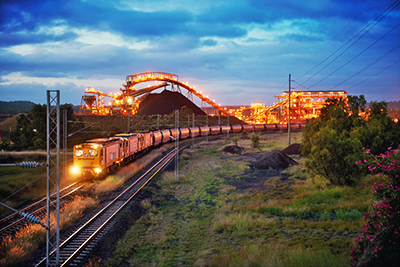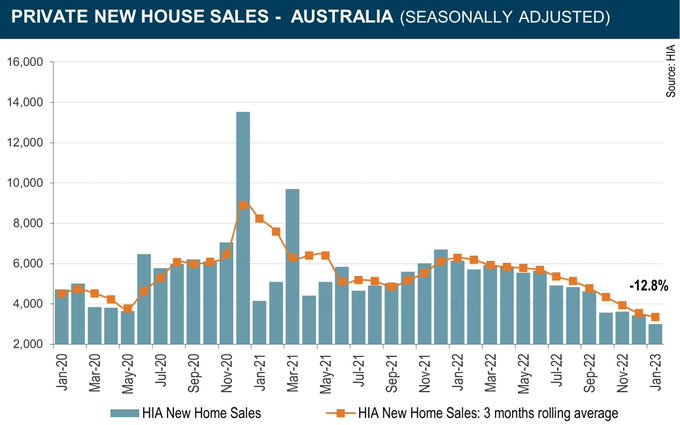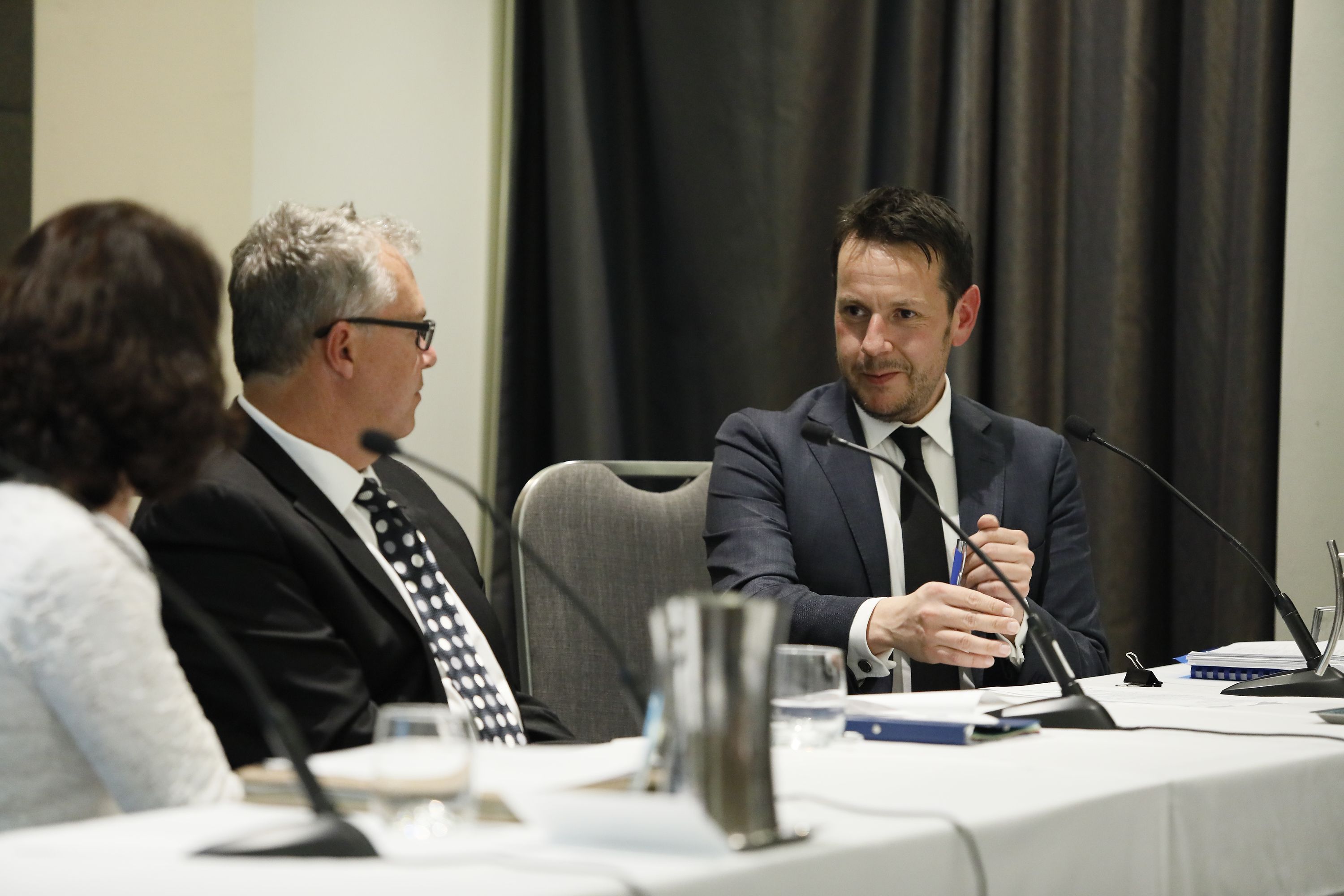Federal Government 'must not reverse building approvals uplift' - Master Builders
THE release of the May 2023 building approvals and lending data shows "a welcome uplift" in higher density home building approvals, according to Master Builders Australia chief economist Shane Garrett. However, he has warned of "the need for sustained recovery" and cautioned against "unnecessary government-induced cost pressures".
Mr Garrett said higher density home building approvals jumped by 59.4 percent during May, recording their strongest monthly total since the end of last year.
“However, detached house building approvals remained flat during the month and are about 15 percent down on a year ago," Mr Garrett said.
“May’s sharp increase in unit/apartment building approvals is welcome given the severity of shortages in the rental market. 
“The difficult conditions in the rental market are the result of prolonged underbuilding in the medium/high-density part of the market. This dates from before the pandemic.
“The 12 interest rate increases we have endured so far have made it much more expensive to build new homes. Higher mortgage rates have also forced up the cost of providing homes to the rental market.
“Lending figures provide a good indication of what’s likely to develop on the ground over the coming months.
“The number of loans for the construction of a new home eased slightly during May (-0.2 percent) and a 5.1 percent uplift in the number of loans for the purchase of newly built dwelling. However, loans are still over 40 percent lower than a year ago,” Mr Garrett said.
Master Builders Australia chief executive Denita Wawn said while the bounce in higher density building approvals during May was welcome, new home lending data suggested that "tough times still lie ahead".
“We will need to see a sustained recovery in higher density home building volumes before the affordability crisis in our rental market starts to abate," Ms Wawn said.
“Combined with the larger than expected slowdown in inflation last week, today’s figures should give the RBA decent grounds for holding rates tomorrow (Tuesday, July 4).
“Increasing the construction of necessary new homes will contribute to alleviating inflationary pressures throughout the economy," she said.
“While the fight against inflation appears to be favourably shifting, it is crucial not to jeopardise progress by imposing unnecessary cost pressures through government regulation.
“By pumping up costs right across the economy, proposed changes to industrial relations would be very counterproductive in terms of beating inflation and unduly add costs to construction,” Ms Wawn said.
ends

 How to resolve AdBlock issue?
How to resolve AdBlock issue? 



